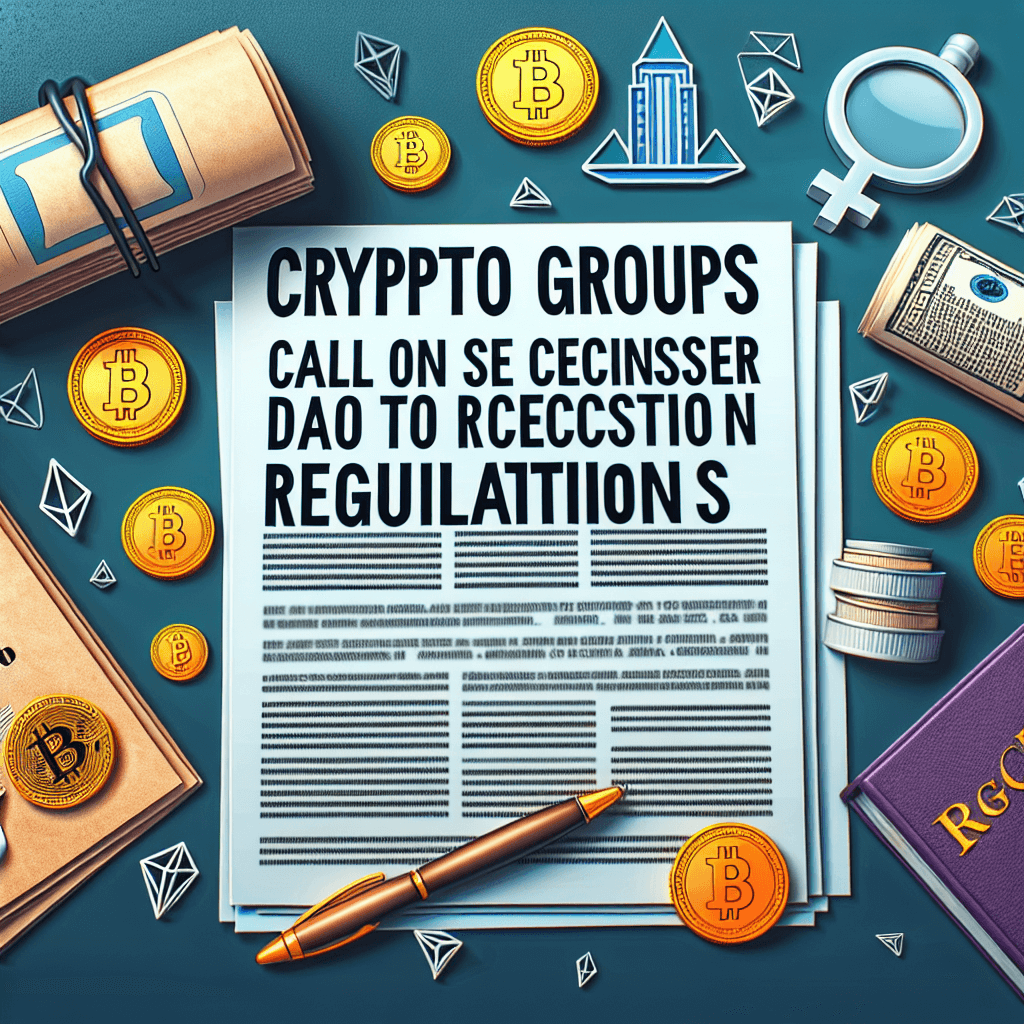Crypto Groups Call on SEC to Reconsider DAO Regulations

On May 27, two major crypto advocacy entities—the DeFi Education Fund and the Uniswap Foundation—submitted a joint letter to Hester Peirce, head of the U.S. Securities and Exchange Commission’s (SEC) Crypto Assets and Cyber Unit. They argue that decentralized autonomous organizations (DAOs) that meet certain technical and governance criteria should not be deemed securities under the Howey Test.
Background on the SEC Letter
The letter responds directly to Peirce’s February 21 request for information (RFI) on crypto regulations. It asserts that DAOs with a sufficiently distributed tokenholder base and fully on-chain governance processes are neither a coordinated legal entity nor a promoter-driven enterprise, and thus fall outside the SEC’s securities jurisdiction.
Howey Test Applied to DAOs
- Investment of Money: Tokenholders typically acquire governance tokens via public sale or liquidity pools—transactions that might appear as investments.
- Common Enterprise: The letter contends that if token distribution exhibits a Gini coefficient below a defined threshold (e.g., 0.6) and more than 50% of tokens are held by non-founders, no single party controls the venture.
- Expectation of Profits: Profit expectations derive from network utility—not from managerial efforts—since all proposals, upgrades, and fund allocations are subject to on-chain voting.
- Efforts of Others: With snapshot voting, timelock modules, and modular smart contracts (ERC-20 or ERC-721 governance tokens), decision-making power is sufficiently decentralized.
Technical Governance Mechanisms in DAOs
Modern DAOs implement open-source frameworks such as Aragon, DAOstack and Colony. Key features include:
- On-Chain Proposals: Each governance proposal is deployed as a smart contract, enabling transparent execution once a quorum of tokenholders votes in favor.
- Token Vesting: Founders and early contributors are subject to time-based vesting schedules to prevent token dumps and centralization.
- Snapshot Voting: Off-chain vote aggregation that references on-chain token balances, reducing gas costs while preserving verifiability.
Blockchain researchers highlight that DAOs maintaining Proof-of-Stake consensus and multi-signature treasury management further dilute unilateral control, strengthening the decentralization argument.
Global Regulatory Landscape Comparison
While the U.S. SEC under Chair Gary Gensler has taken an assertive stance—classifying many tokens as securities—other jurisdictions are charting different courses:
- European Union (MiCA): Proposes categorizing crypto-assets based on function; pure governance tokens may be exempt if no financial instrument features are embedded.
- Switzerland (FINMA): Applies a technology-neutral approach, distinguishing payment tokens, asset tokens and utility tokens by economic function rather than legal form.
- Singapore (MAS): Provides a regulatory sandbox where token projects can test governance models under limited oversight.
Implications for Issuers and Market Participants
- Compliance Strategy: Protocol teams can optimize tokenomics, ensuring at least 60–70% distribution to independent holders and implementing full on-chain voting to satisfy decentralization thresholds.
- Risk Management: Legal teams must continually assess token distribution metrics, on-chain activity and developer control to defend against potential SEC enforcement actions.
- Market Dynamics: Decentralized exchanges (DEXs) and automated market makers (AMMs) will adjust listing criteria based on whether a token qualifies as sufficiently decentralized or remains a regulated security.
Outlook and Next Steps
The SEC’s Crypto Assets and Cyber Unit is expected to publish its inaugural report later this year, following a series of roundtable discussions with industry stakeholders. The DeFi Education Fund and Uniswap Foundation plan to submit further technical comments, contributing on-chain data and statistical analyses to reinforce their case.
“If a DAO has a dispersed collection of tokenholders who actively participate in governance, neither its network token nor related transactions should be treated as securities,” the letter states.
As regulatory consultations continue, the final framework will likely integrate quantitative on-chain metrics with traditional legal principles, balancing investor protection with ecosystem innovation.